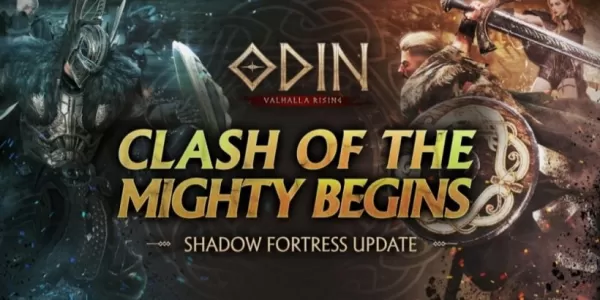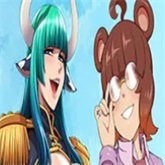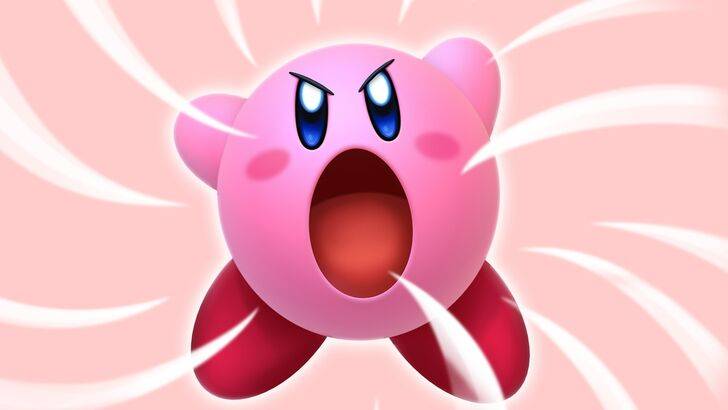
Discover why Kirby's appearance varies between the U.S. and Japan, as explained by former Nintendo employees. Dive into the reasons behind Kirby's marketing strategy for Western audiences and Nintendo's global localization efforts.
"Angry Kirby" Was Made To Appeal To Wider Audiences
Nintendo Rebranded Kirby For More Appeal In The West
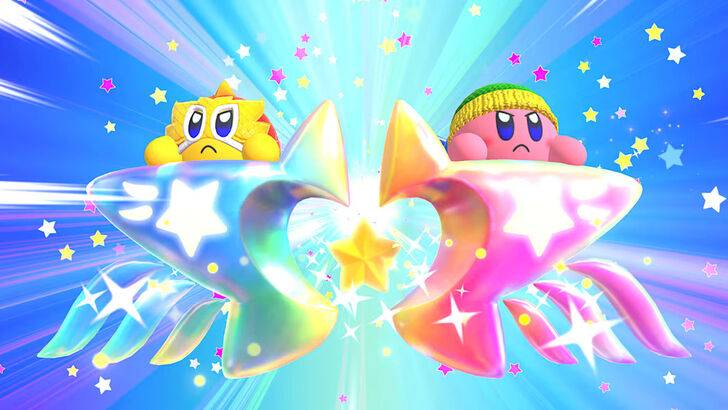
Kirby's fiercer and tougher appearance on game covers and promotional materials was designed to better appeal to American audiences, earning the nickname "Angry Kirby" from fans. In a January 16, 2025, interview with Polygon, former Nintendo Localization Director Leslie Swan elaborated on this strategic shift. Swan noted that while Kirby was not intended to look angry but rather determined, the change was necessary because "Cute, sweet characters are popular among people of all ages in Japan," whereas "In the U.S., tween and teen boys tend to be drawn to tougher characters."
Kirby: Triple Deluxe Director Shinya Kumazaki echoed these sentiments in a 2014 GameSpot interview, stating that the cute version of Kirby attracts more players in Japan, but "strong, tough Kirby that’s really battling hard" resonates more with U.S. audiences. He pointed out, however, that the approach varies by title, as seen with Kirby Super Star Ultra, which featured a tough Kirby on both U.S. and Japanese box art. Kumazaki emphasized the importance of showcasing Kirby’s serious side through gameplay, while acknowledging that Kirby's cuteness remains a significant draw in Japan.
Advertising Kirby As "Super Tuff Pink Puff"
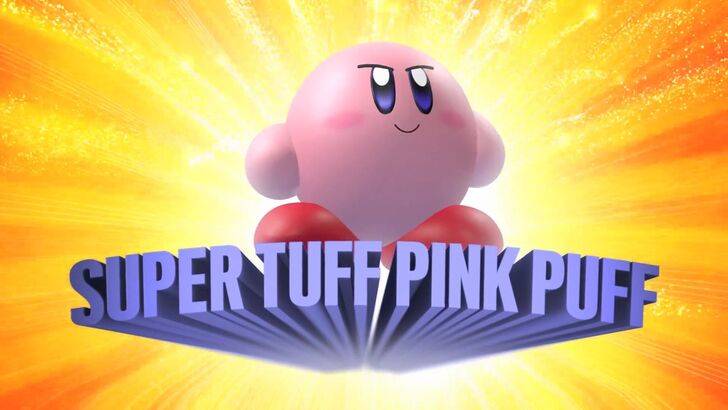
To broaden Kirby's appeal, particularly to boys, Nintendo marketed Kirby as "Super Tuff Pink Puff" in the 2008 Nintendo DS game Kirby Super Star Ultra. Krysta Yang, former Nintendo of America Public Relations Manager, shared that during her early days at Nintendo, the company sought to shed its "kiddie" image. "There was certainly a period of time for Nintendo, and even gaming in general, to have a more adult/cool factor," she said, adding that being labeled as 'kiddie' was detrimental to sales.
Nintendo consciously focused on Kirby's combat abilities and toughness in marketing efforts to avoid the character being pigeonholed as solely for young children. In more recent promotions, such as those for Kirby and the Forgotten Land in 2022, the emphasis has shifted towards gameplay and abilities rather than Kirby's personality. Yang noted, "There’s been a continued push to make Kirby into a more well-rounded character, but it’s true that most people still regard Kirby as cute versus tough."
Nintendo’s U.S. Localization For Kirby
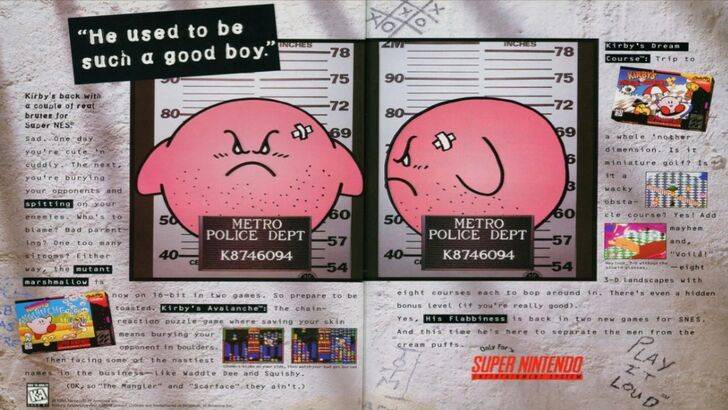
The divergence in Kirby's localization began with a notable 1995 print ad that featured Kirby in a mugshot as part of Nintendo’s "Play It Loud" campaign. Over the years, U.S. box art for games like Kirby: Nightmare in Dream Land (2002), Kirby Air Ride (2003), and Kirby: Squeak Squad (2006) depicted Kirby with sharper eyebrows and a more menacing expression.
Beyond facial expressions, adjustments were made to Kirby's color. The 1992 GameBoy release of Kirby’s Dreamland, the first in the series, featured Kirby in a ghostly-white tone on U.S. box art, contrasting with the original pink hue in Japan. This was due to the GameBoy's monochrome display, with U.S. players seeing Kirby's pink color only with the 1993 NES release of Kirby’s Adventure. Swan remarked that "A puffy pink character for boys who are trying to be cool just wasn’t going to get the sales that everybody wanted," prompting changes in Kirby's U.S. box art. In recent years, Kirby's global advertising has become more consistent, alternating between serious and gleeful expressions.
Nintendo’s Global Approach
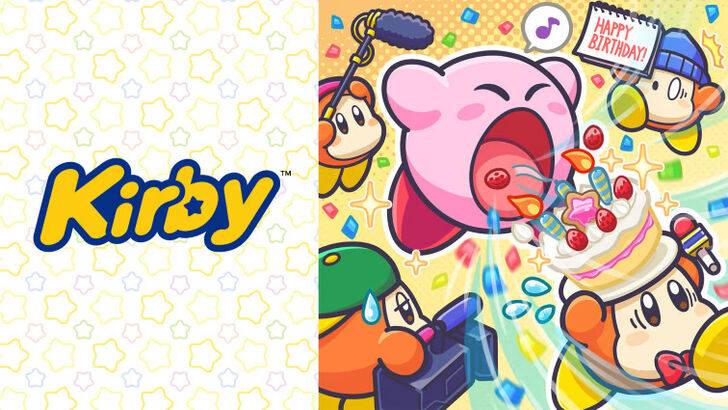
Both Swan and Yang agree that Nintendo has adopted a more global perspective in recent years. Nintendo of America now collaborates closely with Nintendo’s Japan office to ensure more consistent marketing and localization strategies, moving away from regional variations like those seen in earlier Kirby box art and the 1995 "Play It Loud" ad.
Yang explained that this shift is part of a broader business strategy aimed at global marketing, stating, "It’s good and bad. Being global means consistency for the brand across all regions, but sometimes there is a disregard for regional differences." She expressed concern that this could result in "really bland, safe marketing for some of Nintendo’s products."
Game localizers attribute the trend towards more uniform localization to the globalization of the industry and increased familiarity of Western audiences with Japanese culture, including games, movies, manga, anime, and other media.






 LATEST ARTICLES
LATEST ARTICLES 

